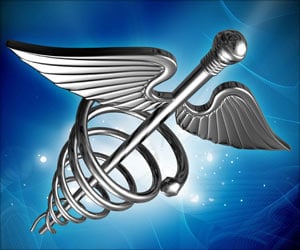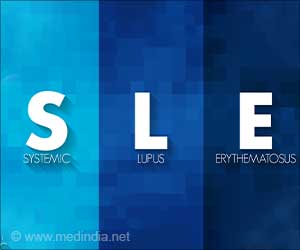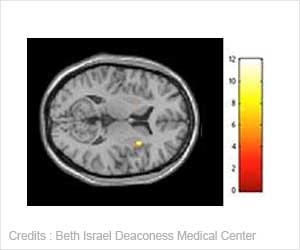High incidence of behavioral health problems point to key role for psychologists, according to American Psychological Association.

TOP INSIGHT
Primary and specialty health care in America for youth, adults and their families are undergoing substantial redesign through the implementation of the patient-centered medical home.
"A prime reason for integrating behavioral health into patient-centered medical homes is that behavioral health problems are very common in medical patients and frequently complicate care delivery and effectiveness," said Nadine J. Kaslow, PhD, of Emory University, who was one of the issue's scholarly leads, along with Kazak and Kimberly Hiroto, PhD, of Puget Sound VA Health Care System. "Up to 30 percent of primary care patients meet diagnostic criteria for behavioral health problems, including anxiety, mood and substance use disorders. The costs of managing chronic disease increase markedly when co-occurring behavioral health conditions exist. Largely preventable and modifiable health behaviors, such as poor diet, lack of exercise, and tobacco and other substance use, contribute to nearly half of all premature deaths."
Among the proven benefits of the PCMH, which is a "one-stop-shop" that reduces the need for patients to go elsewhere for behavioral health care, are improved attendance at appointments, better adherence by patients to care recommendations, increased engagement in health promotion activities, and more effective communication and care planning among health care team members and patients and their loved ones.
However, one of the chief impediments to more widespread implementation of the PCMH model is the fragmented payment system that has evolved in American health care, according to one of the articles in the special section. Historically, medical and behavioral health services have been paid through two distinct channels in which providers are reimbursed for specific services during separate visits. Some state policies even limit billing for medical and behavioral health services on the same day. "To fully transform the U.S. health care system, payment structures will need to change to focus on patient outcomes, rather than fee for service," Kazak said.
The medical home concept came originally from pediatrics in 1967 when it was put forward in the Standards of Child Health Care, published by the American Academy of Pediatrics Council on Pediatric Practice.
Source-Eurekalert
 MEDINDIA
MEDINDIA




 Email
Email




